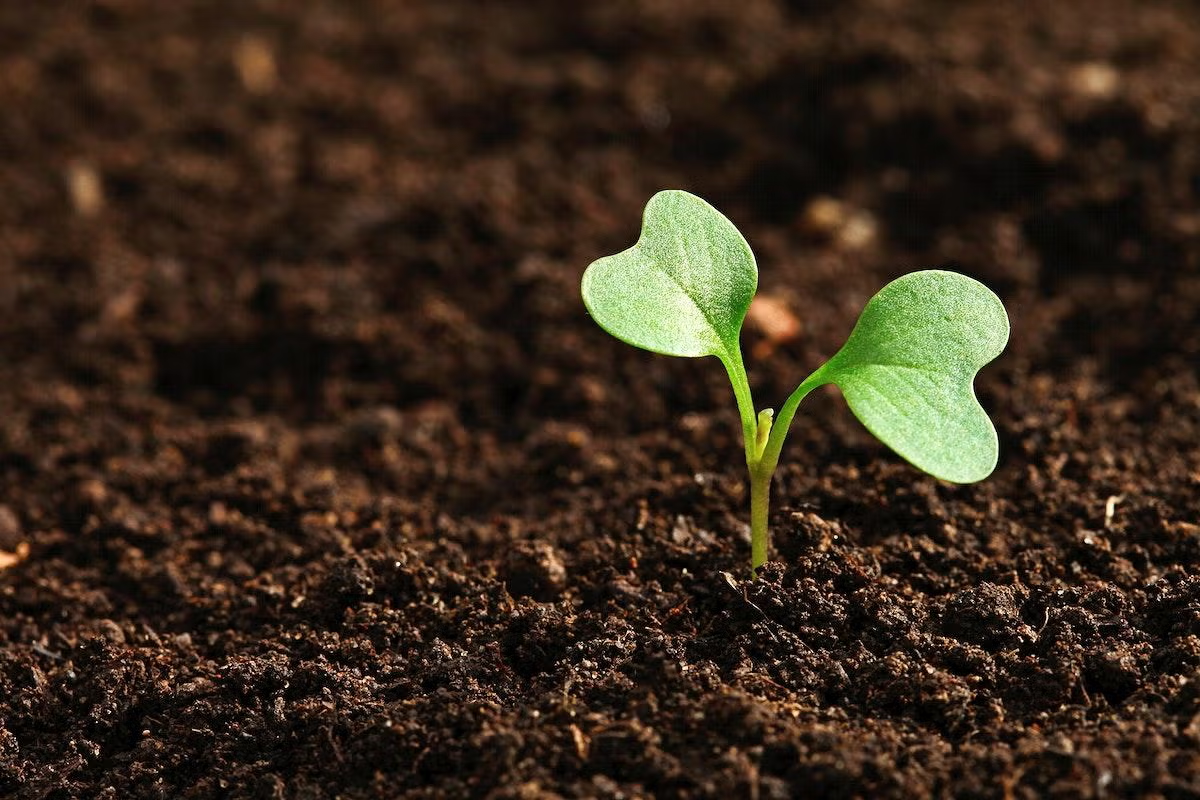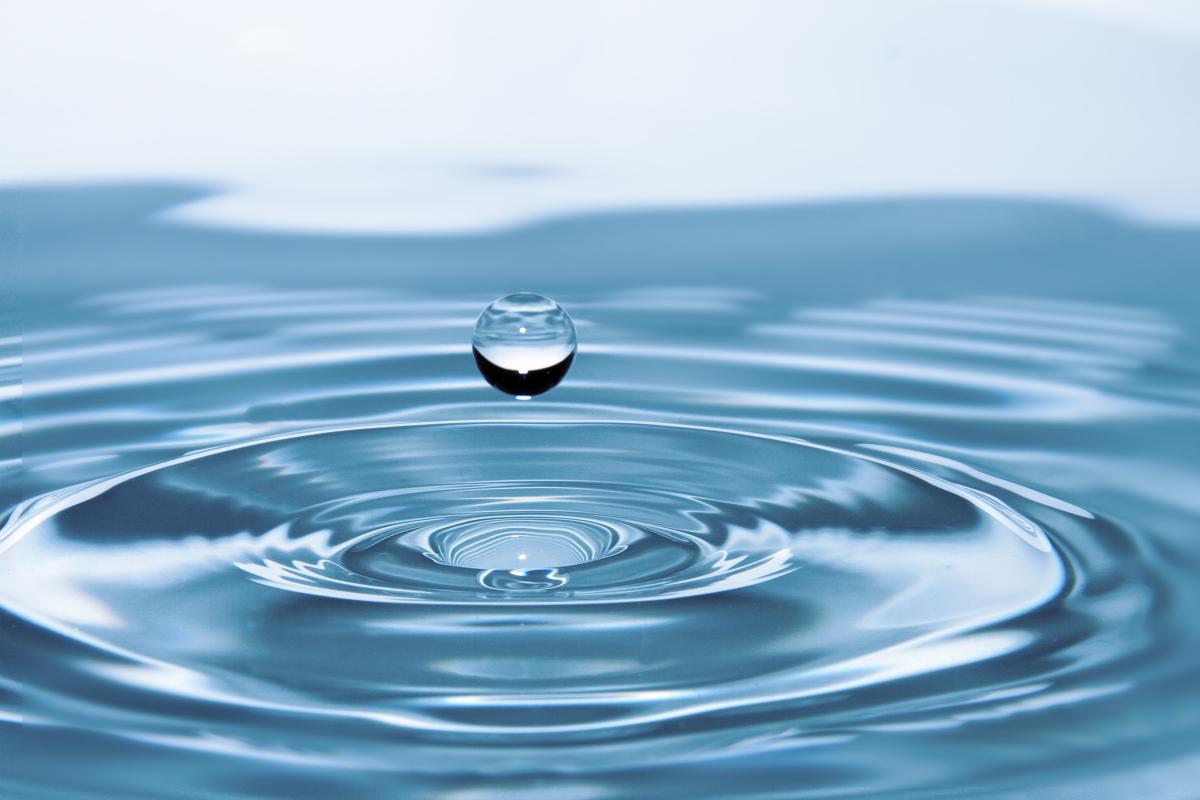Grades:
5th Grade
In this hands-on lesson, students code Edison robots to run races and play tug of war. They will run experiments, measure results, and graph the data. Videos and additional resources are included!
Grades:
5th Grade, 6th Grade
In this lesson, students will collaborate and communicate effectively with peers to complete an engineering design challenge using the Engineering Design Process. Students will be using technology to
Grades:
6th Grade, 7th Grade
Students will learn basic concepts of physics, including velocity, motion, and vector. S tudents will develop and use a model to predict how forces act on objects at a distance. Finally students will
Grades:
6th Grade
In this engaging lesson, students create simple paper models of water sheds in class and explore hazards to waterways through an online interactive. They make connections between water stewardship and
Featured
Dash Around the Table
Grades:
2nd Grade
This is about a one hour lesson where students work in small groups of 2-4 to get their robot around their table using estimation of centimeters. Students will write a program in Blockly that gets the
Grades:
1st Grade
In this hands-on lesson, students use the engineering design process to create a balloon powered car that travels at least 5 feet. This is a fun and engaging way for students to experience science in
Grades:
8th Grade
In this lesson, students will explore how biomes differ in different parts of the globe. They will identify differences between biomes and collaborate with peers to gather environmental science data
Grades:
6th Grade
In this 1st lesson in a series of 3, students learn about the Great Pacific Garbage Patch. They create a model and write and defend a claim about humanity's ability to mitigate the problem. This
Grades:
5th Grade
In this engaging lesson, students work together to design a water filtration system to separate pollutants from water. This lesson takes about 120 minutes to complete. Various resources are included!
Grades:
3rd Grade
In this engaging lesson, students will discover that technology is not limited to electronics and cars, but that it is all around us. It is essential for students to understand that most things were
Grades:
9th Grade, 10th Grade, 11th Grade, 12th Grade
This lesson uses a Modeling Instruction approach to developing the graphical and mathematical relationship commonly known as Newton's 2nd Law for students in Grades 9-12. Students design an experiment
Grades:
6th Grade, 7th Grade, 8th Grade
In this engaging lesson, students will complete a Digital Hieroglyphics escape room. They will also learn how early written language was a form of coding, in that, early civilizations communicated via
Grades:
1st Grade, 2nd Grade, 3rd Grade, 4th Grade
This lesson takes place over three hour-long, before- school STEAM club meetings. Students will discuss and learning about weather and climate. Then they will complete an engineering challenge to
Grades:
4th Grade, 5th Grade
In this hands-on lesson, students will explore how speed is calculated, what inertia is and apply it to Newton’s Laws of Motion. They use the engineering design process to construct race cars out of
Grades:
9th Grade, 10th Grade, 11th Grade, 12th Grade
This lesson is an introduction to a unit on the light and transverse waves. It can be utilized during a unit or at the beginning as an exploration. Students m easure the speed of light in a medium
Grades:
Kindergarten
In this engaging lesson, students will participate in an engineering challenge or STEM activity that connects to a read aloud. Students will communicate solutions that will reduce the impact of humans
Grades:
3rd Grade
Students will describe the role of pollinators and explain their effects. They will be able to identify how the life cycle of a plant and a pollinator are connected. Students will also get to explore
Grades:
7th Grade
This is Task 1 (Lesson 1) of four tasks (lessons) of an overall project of “Escaping 7th Grade Science Room.” Students will be constructing a mini zip-line after reviewing concepts. Students will
Grades:
5th Grade
This hands-on lesson covers balanced and unbalanced forces. Students use the skills they have already been taught to apply them to a real-world situation involving rockets. You will need 500mL bottles
Grades:
4th Grade, 5th Grade, 6th Grade, 7th Grade, 8th Grade
Students become engineers and create a modified adaptive device after disassembling and assembling eyewear and creating a new adaptive device in this engaging lesson. This real-world problem-solving
Grades:
5th Grade
Students are actively engaged in this creative lesson where they use their genetics knowledge to construct a game for others to play! They will use a Punnett Square and other genetic terminology as
Grades:
5th Grade
This is the first lesson for the 5th grade life science unit involving environmental factors and organisms. The materials needed are two articles, highlighters, and either a laptop or tablet to
Grades:
6th Grade
A mixture of 5E lessons on Nearpod and an accompanying hands-on activity to help students see that gravity works at a distance and is affected by mass. Students will be writing a conclusion based on
Grades:
5th Grade
Students will begin designing a container to keep and egg safe when dropped from various heights. As they begin the lesson, students will watch a video and discuss science and engineering practices
Featured Lesson Plans
Check out these notable lesson plans.

Featured
Pumpkin Jack Part One
Grades:
4th Grade
This lesson includes fourth grade reading, writing, math, science, and engineering standards. The potential is endless with additional enrichment activities. Students participate in the nurturing and

Featured
Simple Machines Save the Day
Grades:
5th Grade
In this lesson students read about simple machines and learn that simple machines make it easier to lift or move things and that they can change direction and magnitude of force. Students use LEGOs to

Grades:
6th Grade
Students are tasked with using the Engineering Design Process to create a system of harvesting rainwater to meet the needs of residents in communities that have a scarce water supply (shortage of


